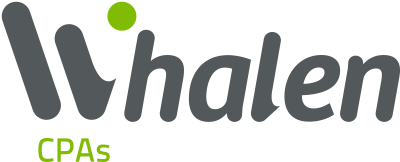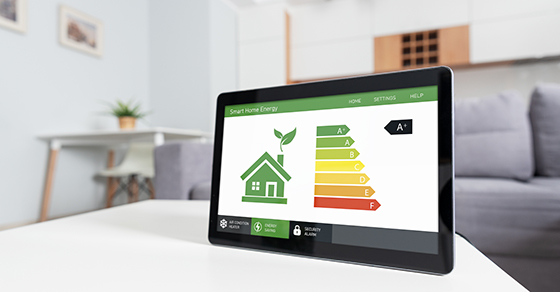Navigating the percentage-of-completion method
Does your business work on projects that take longer than a year to complete? Recognizing revenue from long-term projects usually requires use of the “percentage-of-completion” method. Here’s an overview of when it’s required and how it works.
Completed contract vs. percentage-of-completion
Homebuilders, developers, creative agencies, engineering firms, and others who perform work on long-term contracts typically report financial performance using two methods:
- Completed contract. Under this method, revenue and expenses are recorded upon completion of the contract terms.
- Percentage-of-completion. This method ties revenue recognition to the incurrence of job costs.
If “sufficiently dependable” estimates can be made, companies must use the latter, more-complicated method, under U.S. Generally Accepted Accounting Principles (GAAP). And, if your business uses the percentage-of-completion method for financial reporting purposes, you’ll usually need to follow suit for tax purposes.
The federal tax code provides an exception to using the percentage-of-completion method for certain small contractors with average gross receipts of $25 million or less over the last three years. This amount is adjusted annually for inflation. For 2023, the inflation-adjusted figure is $29 million.
Percentage-of-completion estimates
In general, companies that use the percentage-of-completion method report income earlier than those that use the completed contract method. To estimate the percentage complete, companies typically compare the actual costs incurred to expected total costs. Alternatively, some may opt to estimate the percentage complete with an annual completion factor.
The IRS requires detailed documentation to support estimates used in the percentage-of-completion method. In addition, the application of the percentage-of-completion method may be complicated by job cost allocation policies, change orders, and changes in estimates.
Balance sheet effects
The percentage-of-completion method can also affect your balance sheet. If you underbill customers based on the percentage of costs incurred, you’ll report an asset for costs in excess of billings. Conversely, if you overbill based on the costs incurred, you’ll report a liability for billings in excess of costs.
For example, suppose you’re working on a $1 million, two-year project. You incur half of the expected costs in Year 1 ($400,000) and bill the customer $450,000. From a cash perspective, it seems like you’re $50,000 ahead because you’ve collected more than the costs you’ve incurred. But you’ve actually underbilled based on the percentage of costs incurred.
So, at the end of Year 1, you’d report $500,000 in revenue, $400,000 in costs, and an asset for costs in excess of billings of $50,000. If you had billed the customer $550,000, however, you’d report a $50,000 liability for billings in excess of costs.
Getting assistance
Although the percentage-of-completion method is complicated, if your estimates are reliable, it can provide more current insight into financial performance on long-term contracts. Contact us to help train your staff on how this method works — or we can perform the analysis for you.
© 2023





